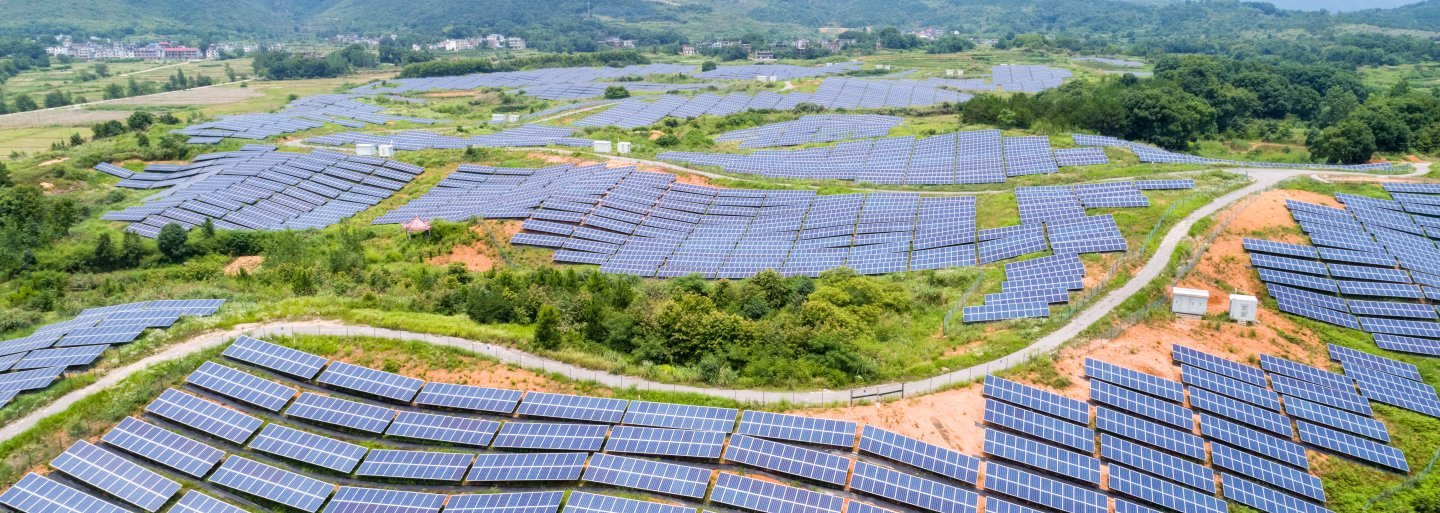
While market players are finding it increasingly difficult to acquire energy in the quantities needed for their operations, and with skyrocketing energy prices only making matters worse, the government incentive schemes that are available no longer provide a financially viable alternative for power plant developers. The solution may lie in selling electricity on the open market – though key to this will be deciding on a legal framework that’s acceptable to all parties involved, including the lending banks.

The twilight of the state subsidy system...
Government incentive schemes designed to increase the market share of renewable energy proved to be an effective tool, at least for a while. In the mandatory power purchase (“feed-in tariff”) system (KÁT), the state undertook to purchase a certain quantity of energy from producers for a fixed period at a fixed price, which meant that the latter did not need to sell their energy on the open market. Besides this, most KÁT-licensed solar power plants were built at a time when raw materials were available from the manufacturers at much “friendlier” prices than now, and so return on investment was not particularly burdened by development costs either. And solar power plants operating under the KÁT system were extremely popular among commercial-bank lenders too, due to their stability and predictability.
The KÁT system was subsequently replaced by the Renewable Energy Support System (METÁR), which aimed to encourage the development of renewable-energy power plants based on an entirely different approach (incentives system), and within a considerably more complex framework. The energy generated by METÁR-licensed power plants is not purchased by the state but is sold by the power plants on the open market. The state only undertakes to ensure that the producer receives the subsidised price offered by the state, even if the reference market price is lower than that. If, however, the market price is higher than the subsidised price, the difference must be paid by the producer to the state.
Most of the producers who won a METÁR tender submitted their bids in the period before energy prices began to shoot up, and the subsidised price was also set in line with the market conditions at that time. In the current situation, however, developers are facing the fact that it no longer makes much financial sense to sell energy under the subsidy scheme. Moreover, the operating model is no longer particularly attractive to the lending banks either, as there are too many uncertainties involved. It seems that without a strong sponsor the tried and tested project financing model doesn’t work. As the banks themselves put it, “the numbers simply don’t stack up”.
The METÁR system – combined with a free market?
Commercially, the solution to the above conundrum could lie in the developer’s selling the renewable energy on the open market. One of the first steps in this is to look at whether a METÁR-licensed producer can indeed sell energy directly on the free market without concluding what’s known as a “premium subsidy” contract with the state. Indeed, it may even be possible for the producer to use the METÁR contract as a sort of price guarantee, entering and exiting the subsidy structure as it sees fit. Although the law stipulates an obligation to conclude a contract, it does not set a deadline for doing so. The recent prospectus issued by MAVIR reveals that the state is also aware of the trends that are taking place on the market and, subject to certain terms and conditions, is prepared to accept the possibility of exiting and entering the subsidy system. However, these terms and conditions have not yet been adopted at the legislative level.
New development projects – is the CPPA just round the corner?
In the current market conditions, those thinking of embarking on green power plant developments are not incited to join the METÁR system. Instead, a new method for selling energy, the corporate power purchase agreement (CPPA), is starting to gain traction, and it also represents a degree of security for the lending banks.
Under a CPPA, the producer concludes a long-term (usually at least a 7-year) fixed-price contract with a market consumer who agrees to purchase the green energy generated by the producer during the term of the contract, thereby “greening” its operations. There are both physical and synthetic versions of the agreement. In the case of a physical agreement, the consumer uses the energy generated by the producer directly. This may mean that the producer does not actually feed the energy into the public grid but sells it directly to the consumer – for example, by setting up a power plant on the consumer’s premises. In the case of a synthetic (or “virtual”) agreement, the consumer does not actually use the green energy generated by the producer, but energy purchased on the market, and the producer likewise sells its energy on the market. Here, only the difference compared to the agreed fixed price needs to be settled between the parties: if the market price is lower than the fixed price, the consumer pays the difference to the producer, and vice versa. At the same time, the consumer accesses “green energy” under the contract.
The CPPA structure is also an attractive alternative for lenders, even though it involves more risks than the funding of state-subsidised operating models. After all, the risks involved in this method of financing also include the risk associated with the consumer (i.e. the consumer’s solvency). Nevertheless, current trends in the market indicate that the commercial banks are showing a keen interest in the possibility of funding such arrangements.
For the time being, CPPAs do not have a well-established set of terms and conditions in Hungary, and market participants are seeking the key legal frameworks that have proved useful abroad and can be successfully adapted to the specific conditions applicable here in Hungary. Currently, the 2019 standard CPPA model developed by the European Federation of Energy Traders (EFET) would appear to be the most promising point of departure, as it offers a solid basis for co-operation not only for the producer and consumer but also for the lending banks – and will result in a banking product that meets international standards as well.




